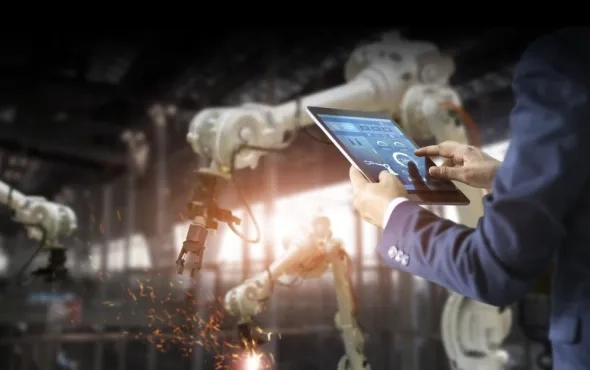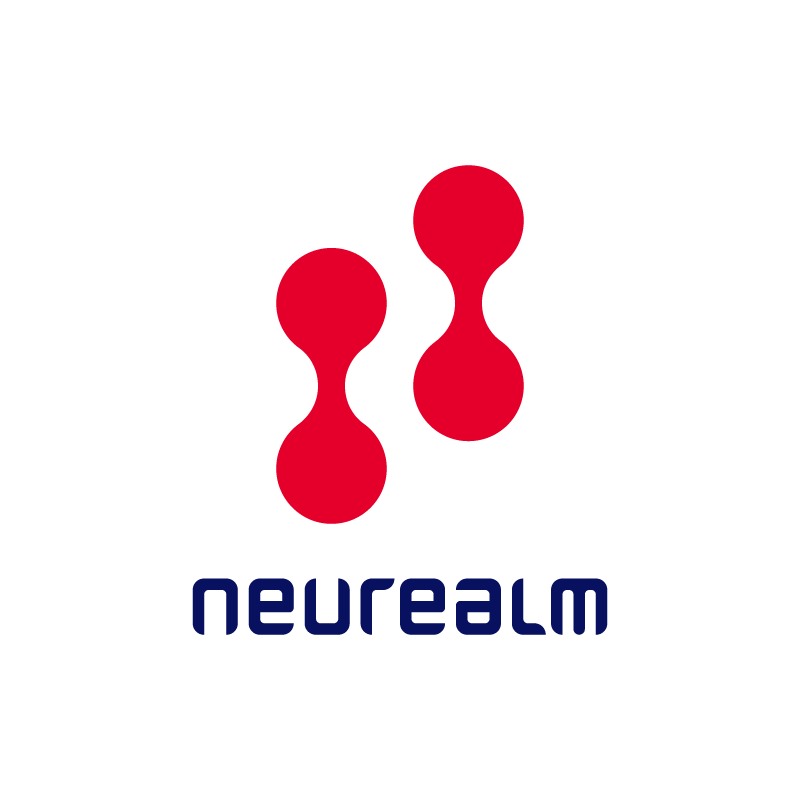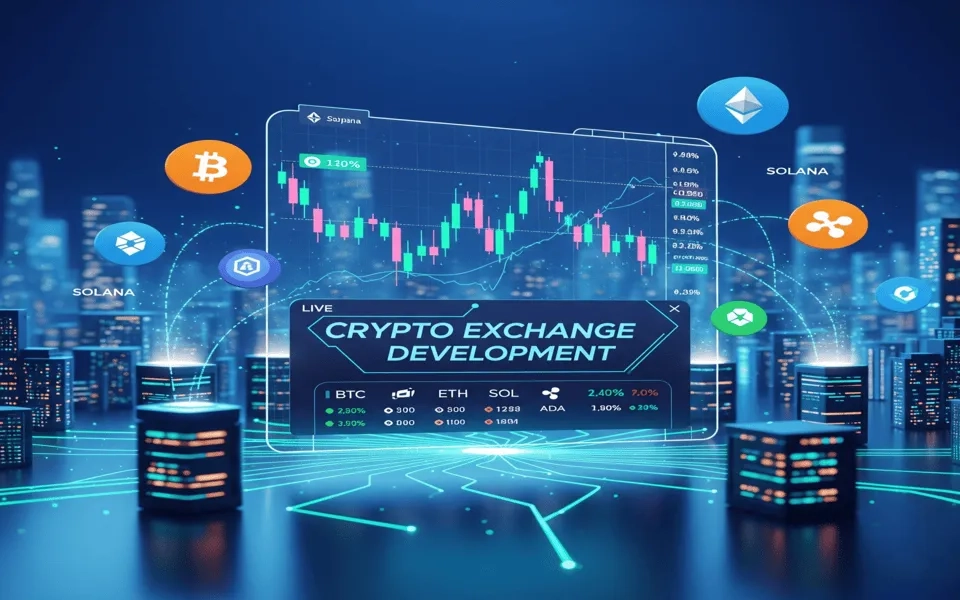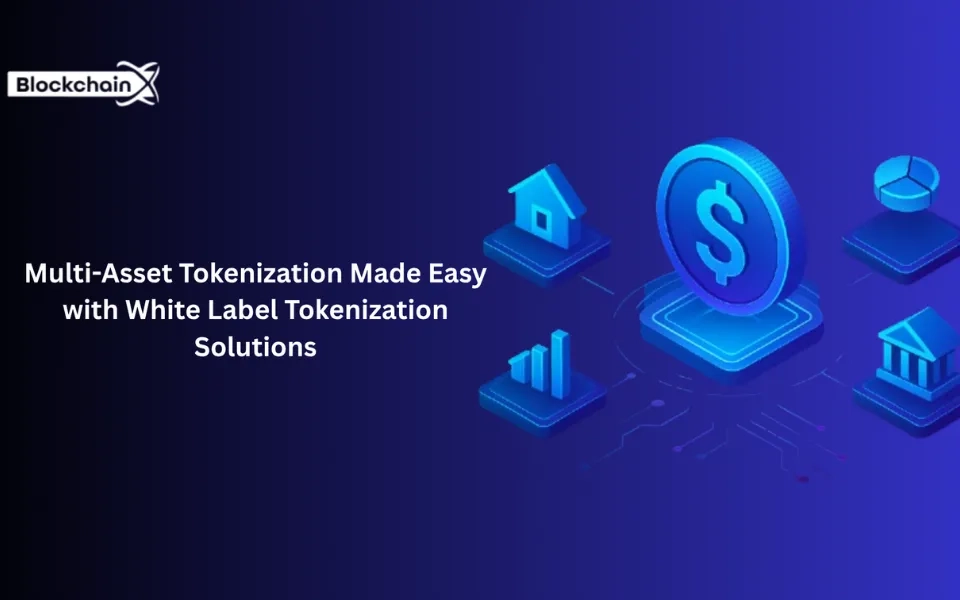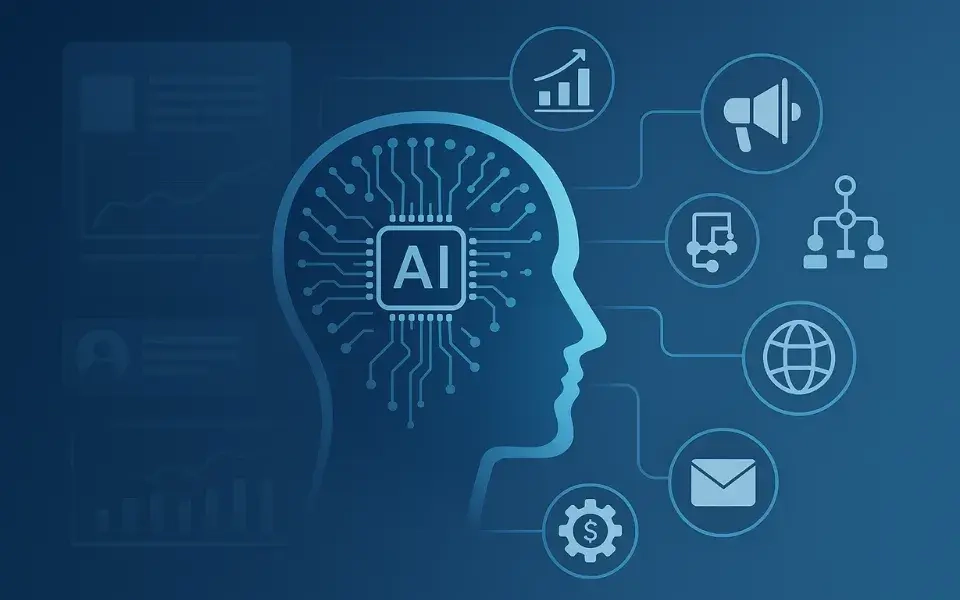That which does not get measured does not get managed. The manufacturing and process industry of today is taking this more seriously than ever. Since the earliest days of manufacturing, factory operators have quantified various parameters like processes, input, output, efficiency, inventory, wastage etc. Tracking such key metrics has helped them in finding underlying problems, identifying patterns, experimenting with processes and improve their overall factory operations.
As factories started becoming semi and fully automated, manufacturers turned to machine and process monitoring to measure KPIs like OEE (Overall Equipment Effectiveness), TEEP (Total Effective Equipment Performance), planned-vs-actual output, defects, count etc. As manufacturing plants expand, it becomes even more critical to manage and monitor operations centrally. Often, technical and operational experts with domain knowledge and operational expertise are few. Any manufacturer would want to utilize the time of these experts and focus on the biggest problems with priority. It is expensive to have such experts at every factory/facility. It is in such scenarios that remote machine monitoring and factory monitoring make a big difference. The remote control helps with the design of predictive modeling and preventive maintenance. It also ensures coordinated and error-free operations across multiple sites.
In this blog, we will try to cover the benefits of remote monitoring and how to approach remote monitoring.
Benefits Of Remote Machine Monitoring
- Transparency at all levels: Remote monitoring not only helps with easy access to shop floor issues, but also brings in transparency. Experts and management teams can monitor the shop floor from any location, at any time. This transparency brings accountability, seamless reporting of issues, and resolution across all functional levels in the organization.
- Real-time and factual data: Manufacturers can remove the typical trade-off between authenticity and timeliness of the data. Frequently, all the critical data is not available to operational experts and upper management at their fingertips. The information which is available on the floor is often unreliable. Utilizing real-time monitoring removes the manual errors, and ensures that the data is authentic and readily available.
- Improved operational efficiency: Factory owners can save time and materials costs due to quicker diagnosis, condition-based monitoring and preventive maintenance. Faster resolution of issues means a short downtime, higher OEE, and optimized production.
- Accurate and faster decision making: A holistic approach is required in making the right decisions and solving the problems at the root. This is greatly aided by making sense of data with intuitive UI, advanced analytics, and AI/ML.
- Operate with fewer experts and fewer on-site visits: Run the factories remotely with smart assistance, to achieve a quicker turnaround. Fewer on-site visits by the experts save tremendous costs – both to the equipment provider and the end customer. Moreover, learnings from one factory can be applied to other setups by the experts who have a holistic view of the entire spread of operations.
- Better capacity utilization: Analysing the available data can help factory/plant designers and operators can remove bottlenecks from the overall process flow. Oversized or under-utilized equipment can be reconsidered, and malfunctions due to capacity mismatch will be avoided. Data spanning the entire operations and with the required granularity can help achieve this using the Theory of Constraints (TOC), as put forth famously by Eli Goldratt.
- Design improvements: Real factory operation data and capacity usage statistics can be used to improve designs of future equipment and factories—this aids in data-backed innovation, benefiting equipment manufacturers and factory operators alike.
- Better supply chain management: Better planning of material purchases and deliveries can be achieved, reducing inventory costs. Continuous tracking of material and goods movement is possible, their quality metrics, and processing details also helps in better on-ground optimization of all critical resources. Floor space can be utilized better, and skilled technicians can be employed for the right jobs, armed with the right tools.
Approach To Remote Machine Monitoring
- Start with the value goal: It is advisable to start with a business and operational goals in mind – about the value you want to uncover from this exercise. IIoT implementation is not just about putting sensors on machines and connecting them to a cloud server. Sensors and connectivity are needed, but the choice of what gets connected, what data is collected etc. should be driven by your data needs. For example, if a manufacturer is solving the problem of high maintenance costs of machines due to frequent faults in oil filters, the data needed is likely revolves around oil back pressures, viscosity, temperature, and turbidity. The analysis of this data can guide towards detecting patterns, enabling a better Root Cause Analysis (RCA).
- As-is Analysis: A detailed survey and analysis of the existing setup need to be undertaken. This helps in understanding key processes, personnel and KPIs. Also, a review of existing systems that currently work in silos may also need to be integrated for a holistic view.
- Monitoring & Reporting: One of the first pieces to start with is implementing a digital replica of the physical systems – the so-called ‘Digital Twin.’ It allows an end-to-end digital view of the entire manufacturing process, with equipment, instrumentation, and material flows. Digital Twins serve as the bedrock of information organization, manipulation, simulation, what-if analyses, and data analytics. This phase also entails setting up alerts and notifications to inform about process deviations and trigger required actions.
- AI-Assisted Operation: As the monitoring continues and data starts to collect, further value can be achieved from data analysis, especially using Machine Learning and AI techniques. A learning algorithm can be set up to take in-process parameters, deviations, operator decisions as inputs, and suggest corrective actions. The AI/ML models help recognize hidden patterns in the data, detect anomalies and point to possible faults, as well as predict system behaviour so that unplanned downtime is reduced.
- Autonomous Operation: Utilizing the power of advanced control systems and ML algorithms, rule-based feedback control can be set up to enable near-autonomous operation. End-to-end plant operation and management can be achieved with minimal human supervision.
Why IIoT for Remote Machine Monitoring?
Industrial IoT can unlock the data from the machines using sensors and gateways. Though this becomes just the 1st step in the whole value chain, it makes sure a lot of flexibility is provided, which otherwise is restricted in systems like SCADA. SCADA and DSC monitor the actual process parameters, but not necessarily the secondary endpoints associated with the rest of the machinery, which enable the process. With IIoT, we can monitor various critical systems: equipment, personnel, transport, etc. As the scale of the operations and data increases, SCADA can get slow due to the reliance on polling data. At the same time, IIoT employs a subscription-publishing (sub-pub) model, which scales much better with data volume.
Instead of the point-to-point protocols used by SCADA, internet protocols are utilized by IIoT as the primary communication channel, thereby enabling integration with other business systems like ERP, CRM, Logistics, and Service Support System.
Remote Machine Monitoring can spearhead the digitalization in the manufacturing & process Industry. It is advisable to start with the end value in mind, then choose the appropriate enabling technologies, and solve the problems in an incremental manner to climb the value ladder.
The blog was originally posted on GS Lab's Website.
Author: Mandar Gadre, Director of Engineering – Healthcare & Manufacturing at GS Lab




